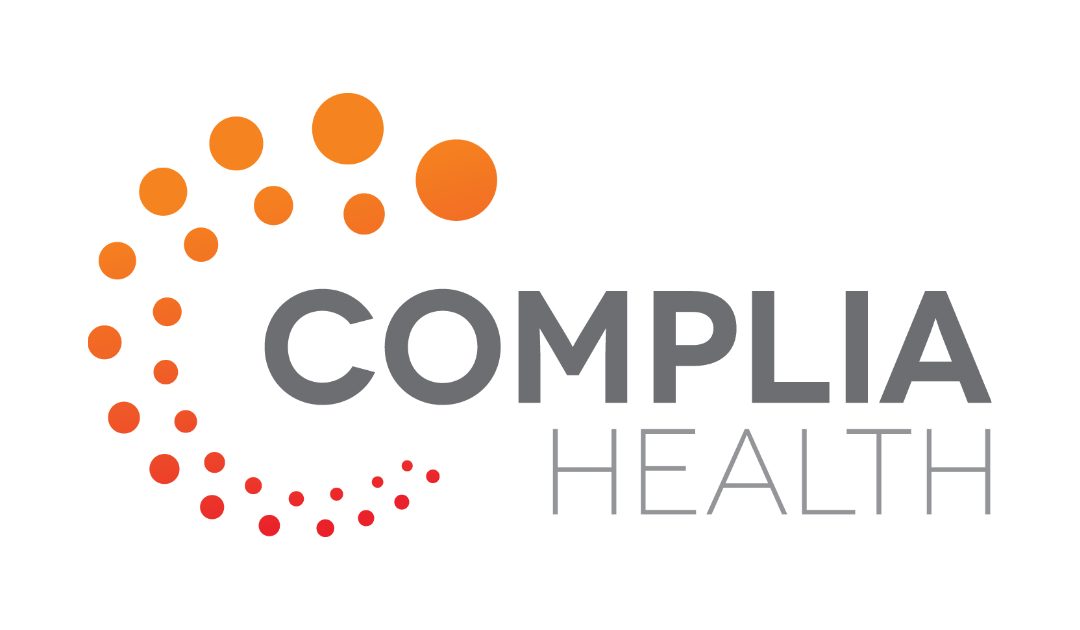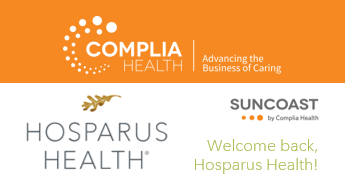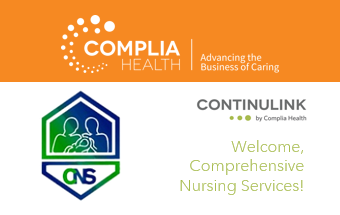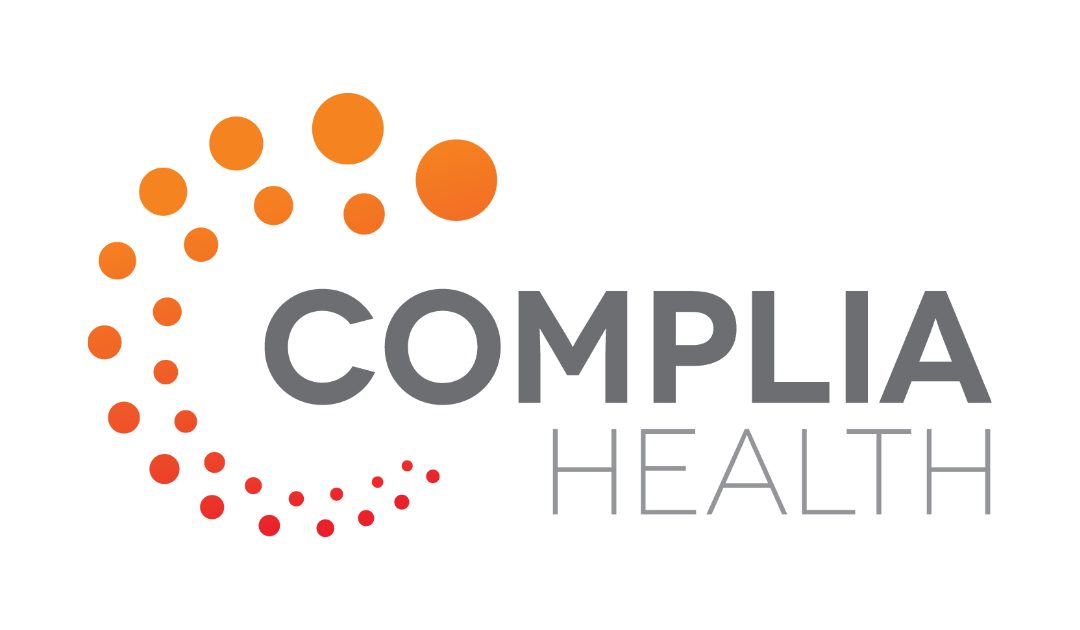Electronic visit verification (EVV) was mandated by the 21st Century Cures Act in 2016. The idea was to verify home health care visits to ensure that patients were not being neglected and to cut down on fraudulently documented home visits.
According to the mandate, homecare agencies providing personal care services would need to have an EVV solution in place on Jan. 1, 2019, or risk having their Medicaid claims denied. But that deadline was postponed until Jan. 1, 2020. It has been further extended on a case-by- case basis if evidence of a “good faith effort” and “unavoidable delays” can be provided.
On the home health care service side, agencies have until Jan. 1, 2023 until the mandate kicks in. With concerns that it will impose additional stress on systems in states already struggling with current EVV mandates, there is much speculation—and wishful thinking—that this deadline may be extended, too.
That said, EVV becoming a national norm is a question of when, not if. While the process of effectively implementing EVV is complex and riddled with headaches and pitfalls, most states recognize that, once the kinks are worked out, the long-term benefits—monitoring patient visits, increasing the accuracy of billable hours, eliminating fraud and human error, boosting worker safety and allowing for scheduling automation, among others—will become indisputable.
Varied State-by-State Requirements
Recognizing this, some states got an early start before federal mandates were in place. In 2002, South Carolina began piloting its Call Care monitoring system, which went statewide by 2003. In 2007, Texas began using EVV for state Medicaid; in 2015, the Texas Health and Human Services Commission mandated that EVV be used for all home health care visits billed to the state. After 14 years of watching aggregators come and go and troubleshooting with EVV, Texas has cautiously set a goal of 80% compliance by 2022. Taking a more pessimistic view, California threw in the towel in 2019 and announced that it would not meet the mandate by the deadline.
Ohio, on the other hand, began the process of implementing EVV in 2016 and has set the lofty goal of attaining 100% compliance by 2022. In preparation, officials there have started stamping any claims that will not pass muster with a warning that the same claim would be declined in 2022. North Carolina has taken an even more aggressive approach: Unless there was a last-minute change before press time, North Carolina started rejecting claims July 1.
The way the different states define and approach compliance is even more diverse than their EVV deadlines. Some states, such as Arkansas, consider care workers who arrive 30 minutes after the appointed time to be late. In other states, a claim from a health care worker who arrives three hours late is declined as a no-show even though the service was provided. Then there’s Virginia, where claims are paid immediately with no questions asked, but random checks are conducted up to seven months later, possibly resulting in the reversal of paid claims if inconsistencies are found.
Impact on Operations
Running a business in this environment of inconsistent requirements and changing deadlines is like building on shifting sands. Providers must keep track of the requirements, find the right aggregators operating in their states, adopt the best technologies to meet the requirements, train their care providers to follow an incredibly complex set of protocols, and attract and retain administrative staff who can keep track of billing, payroll and scheduling. Providers must figure out:
- how to train their caregivers without bringing them into the office;
- how to manage the real-time nature of EVV (Ohio, for example, requires each visit to be sent within 24 hours, seven times faster than the previous weekly standard);
- how to handle multiple aggregators in one state with different requirements (some states require caregivers to be registered with the state and this information to be sent to the aggregator); and
- how to train the billing staff to break out of the “bill and chase” model to the “fix EVV every hour” model.
For multi-state operators, this all gets even more complicated.
Selecting a Technology Partner
The good news is that with the right technology partner, you can meet these complex requirements and turn this challenge into an opportunity to maximize efficiency and increase your bottom line. Technology companies leveraging GPS, telephony, fixed visit verification, biometrics (using the patient’s voice) and mobile apps can automate your processes and ease your burden by handling point-of-care and claims process management as well as scheduling, clinical documentation, and time and attendance—all while interfacing on your behalf with multiple aggregators that are using different systems and requiring different processes.
As you look for a technology partner suited to meet your needs, you should start your conversations by asking candidates the following questions:
- In which states do they operate and what are the requirements in those states?
- How will they work with you based on your business mix? If you are only 70% Medicaid, how do you get paid for the remaining 30%? Are you required to send aggregator data and then still bill the Medicaid portion?
- Can the partner handle all your billing requirements, including modifiers and group visits and multiple visits in a day?
- What model are they using: closed, open, hybrid, aggregator?
- Do they offer immediate notification when caregivers don’t check in or aren’t where they are supposed to be?
- Can they work with fixed visit verification devices, old fashioned telephony and
- true GPS?
- Do they have a store-and-forward model so your homecare workers don’t have to be connected to the internet during their visits?
- How do they secure data? Is it encrypted to avoid expensive fines (for example, $5,000 per patient if a phone is lost)?
There is more that goes into a good partnership than just technical compatibility, but the questions above are a great place to start narrowing your list of prospective partners.
With everything else going on in home care, the additional chore of entering a new partnership may seem overwhelming, but it is just a matter of time before the mandates will be enforced. When that happens, the price of inaction will carry hefty penalties on top of missed opportunities.
HomeCare Magazine, August 2021
Rich Berner is CEO of Complia Health, a home health and hospice technology solutions provider. Berner is a health care strategist and technology executive with more than 25 years of experience building award-winning teams and products in established and emerging markets. Previously he was the CEO of MDLIVE, where he led the industry transition to consumer-focused health care online.



